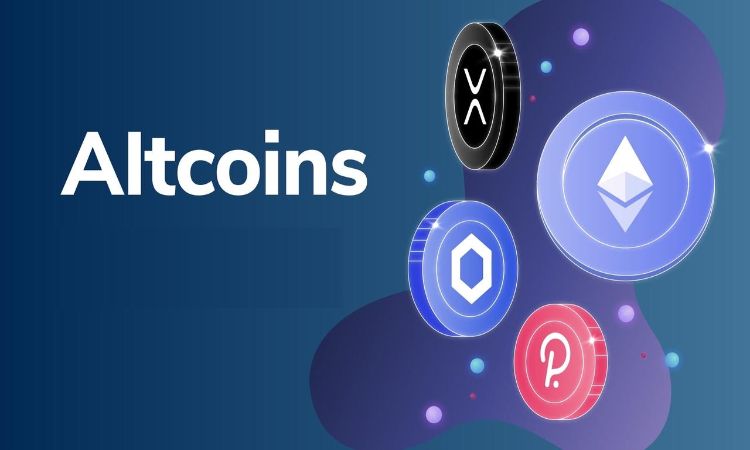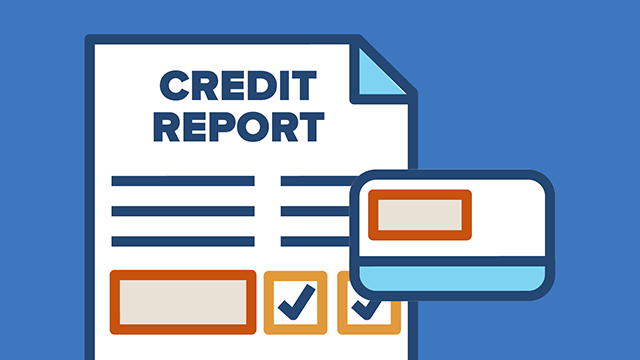Cryptocurrencies have evolved extremely rapidly, with 2025 fast becoming a year for altcoins to make serious inroads against stablecoins. While stablecoins such as USDT and USDC continue to provide price stability and liquidity, the rise of altcoins insinuates a growing acceptance of assets that provide benefits other than just an equivalence to fiat currency.
What Is the Driving Force Behind This Transition?
For the past couple of years, stablecoins have enjoyed the reputation of being the “safe zone” within cryptocurrency. Investors and traders use them to park funds in dips or move assets from one platform to another without worrying about volatility. While stablecoins grow in adoption and transaction volume, their fixed value limits the profit potential for investors seeking appreciation. As maturity sets in with the market and investor confidence increases, more people are gravitating towards altcoins that provide function, governance, and innovation.

Ethereum, BNB, Solana, and emerging altcoins have surpassed many projections in 2025. With Ethereum moving to proof-of-stake through Ethereum 2.0, the network is now more scalable and energy-efficient, making it attractive and lucrative for developers and long-term investors. CIFDAQ’s data shows that Ethereum is currently trading at above $2,400, with BNB holding steady at around $640—numbers that are a reflection of strong interest from both institutional and retail investors.
Use Cases and Facilitation
Presently, altcoins have become more of building units of certain blockchain ecosystem rather than just speculative assets. In DeFi, altcoins are no longer just speculative assets—they’re being staked, lent, and used in liquidity mining to power protocol functions. The tokens of the processes and projects of Ethereum, Avalanche, and Polygon serve as gas for transactions and governance in many dApps. This generates layers of value beyond mere speculative price.
Certain altcoins have entered the limelight, especially those for AI integration, gaming, or cross-chain interoperability. Practical applications of these altcoins also establish an exit barrier for the holders.
Important Role of Stablecoins
While stablecoins keep their spotlight, altcoins are gradually drawing more attention. Put simply, they provide some extent of risk mitigation in that you can always liquidate an adverse position to a stablecoin. Stablecoins often serve as collateral in DeFi protocols, anchoring lending, borrowing, and yield farming activities. In times of economic instability, stablecoins have allowed users in struggling economies to preserve value and maintain access to digital assets when local currencies devalue
But the story has been taking a slight twist. Stablecoins have held the fort with stability, but it’s the altcoins that are actively constructing the future of blockchain utility.
Investor Behaviour in 2025
High-risk considerations marked the investor sentiment of 2025 due to a series of factors such as education, transparency, and regulatory clarity. Now, people are searching for everything beyond Bitcoin and stablecoins-from whitepapers to use cases to tokenomics. Hence, altcoins are being given the attention they deserve, not in the hope of profiting or gaining, but to help decentralise the ecosystem in some way.
Conclusion
Altcoins are no longer considered underrated. With real-world applications, network upgrades, and growing communities, they are now in the limelight in 2025. Stablecoins do provide real-world functions, mostly liquidity and stability, whereas altcoins are the ones on the front stage of crypto portfolio management. Keeping tabs on altcoin projects with strong fundamentals could be the right move while this transition continues.



